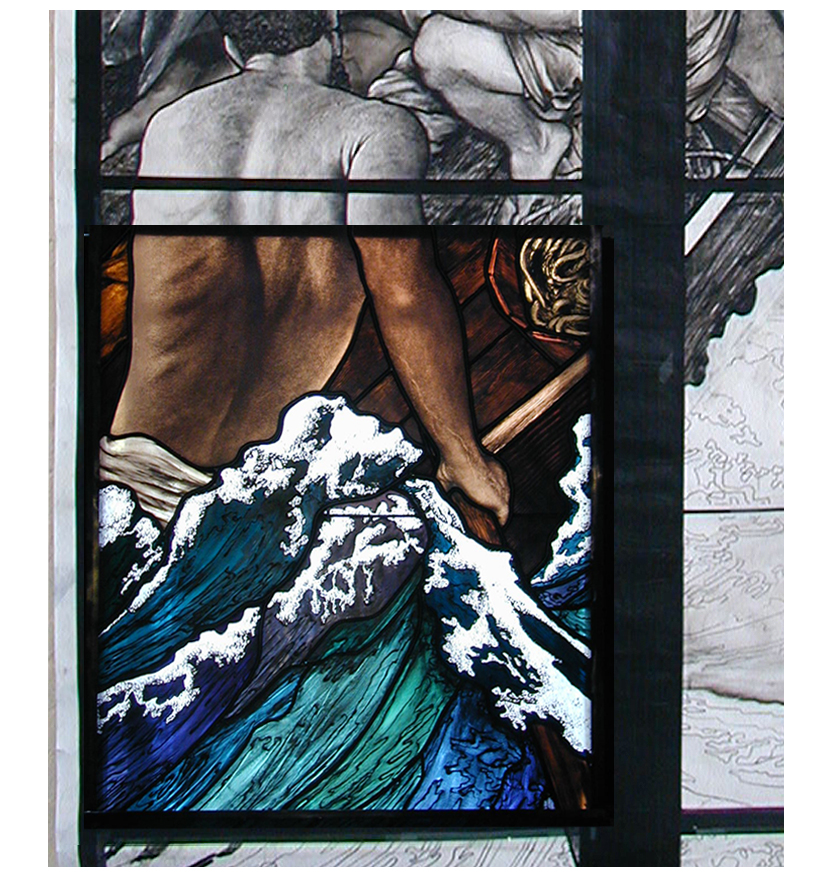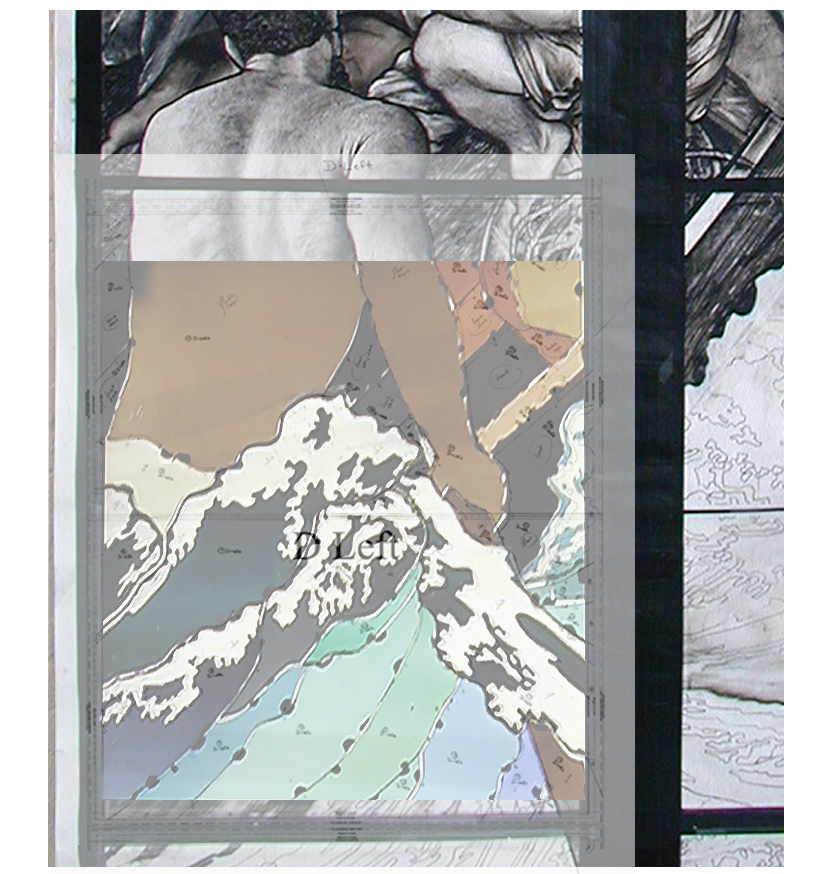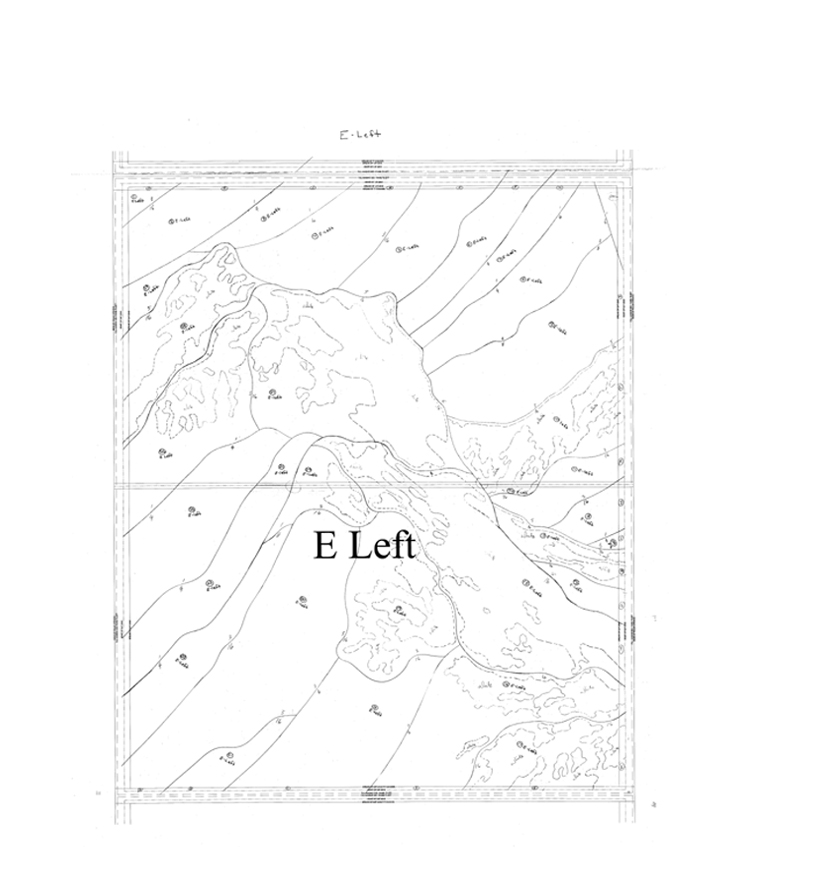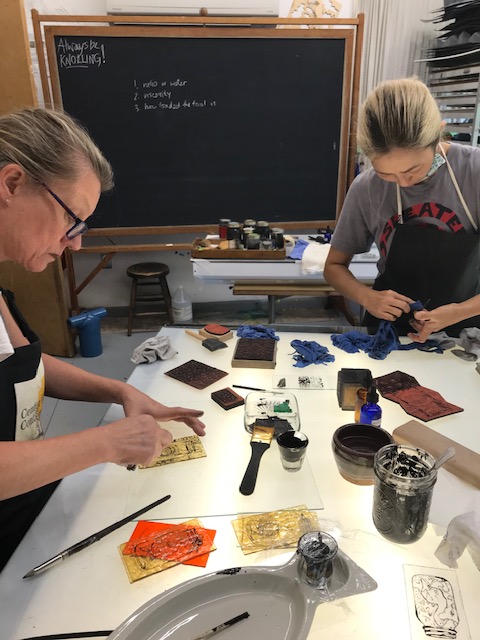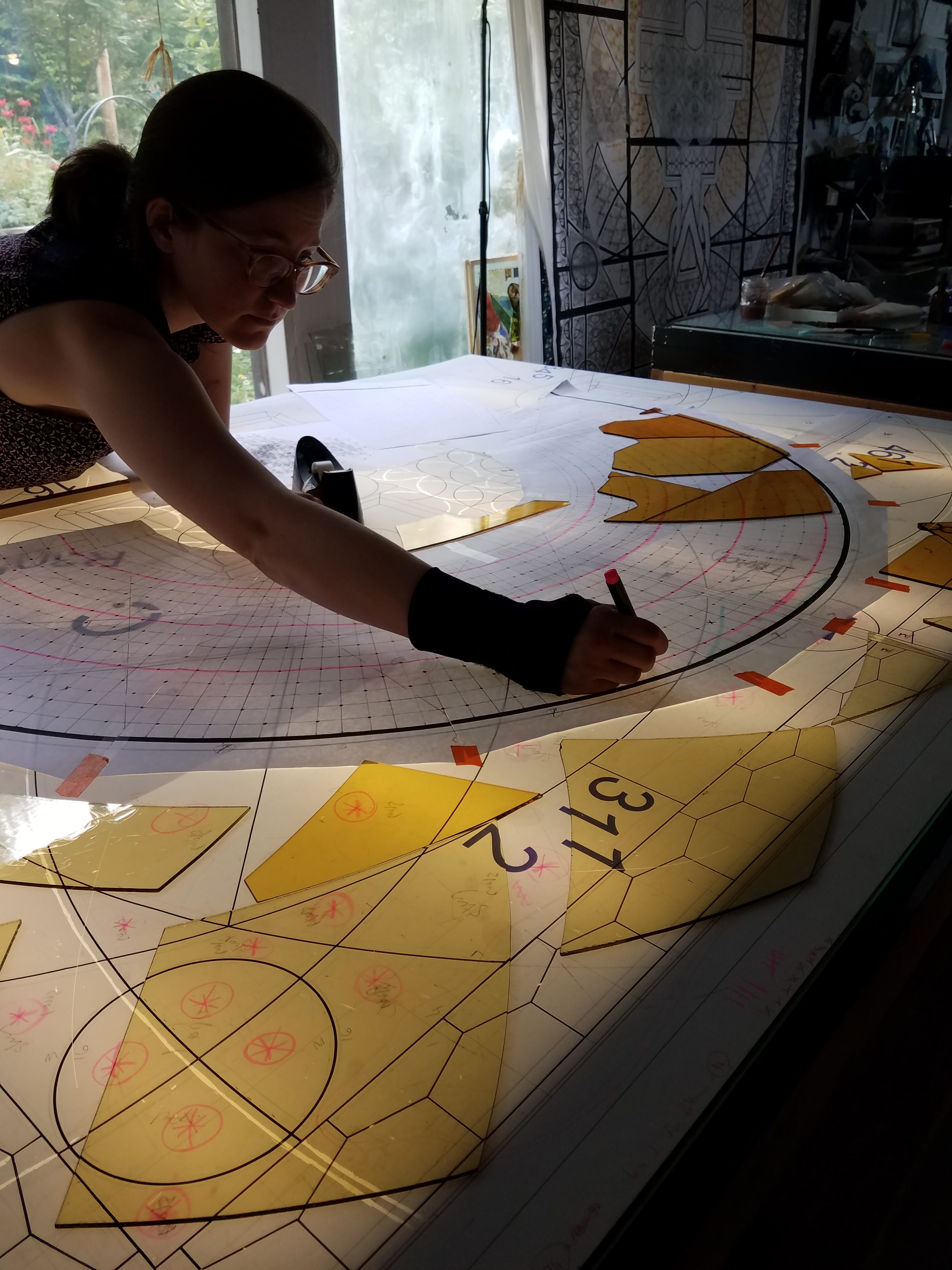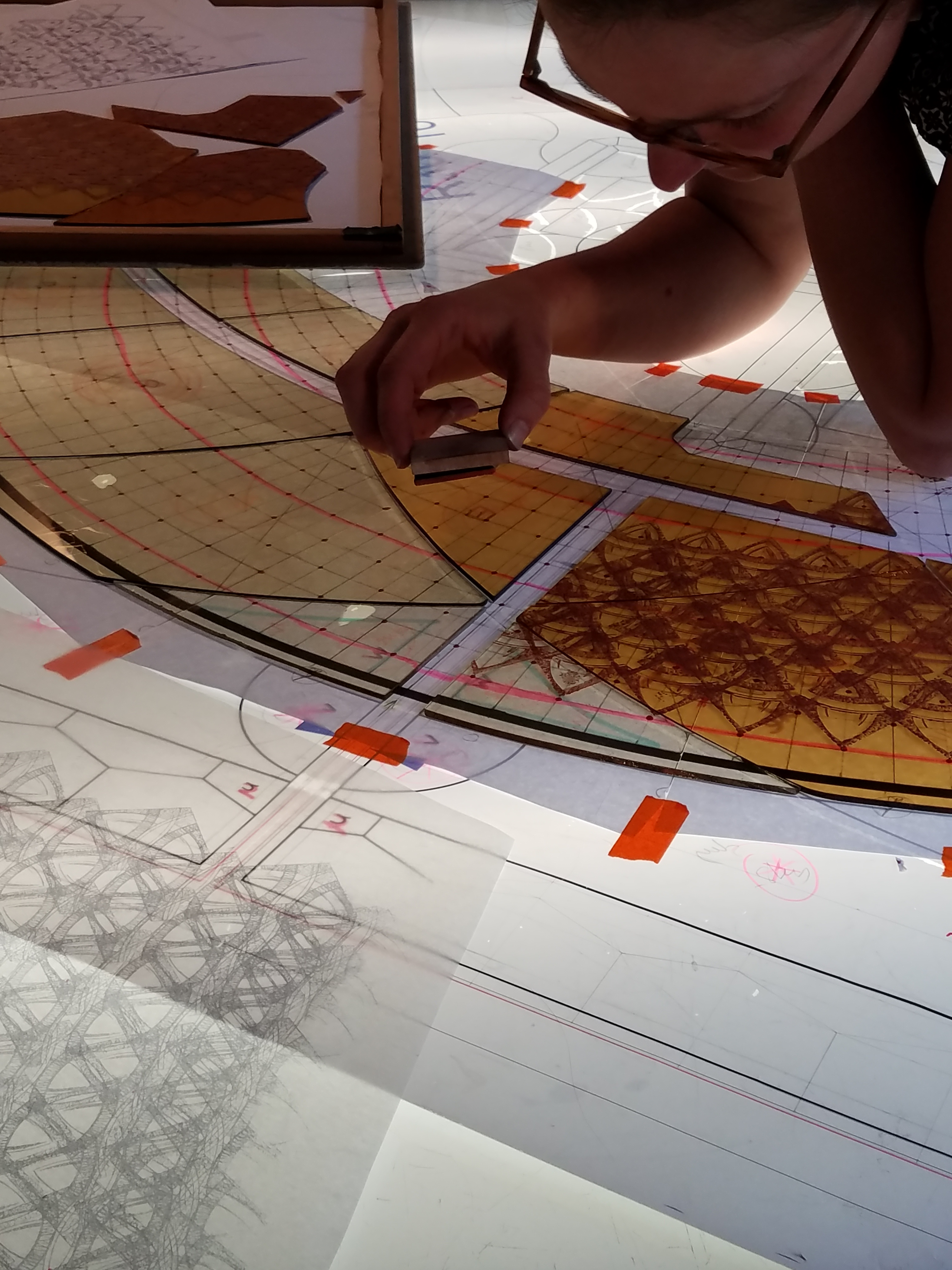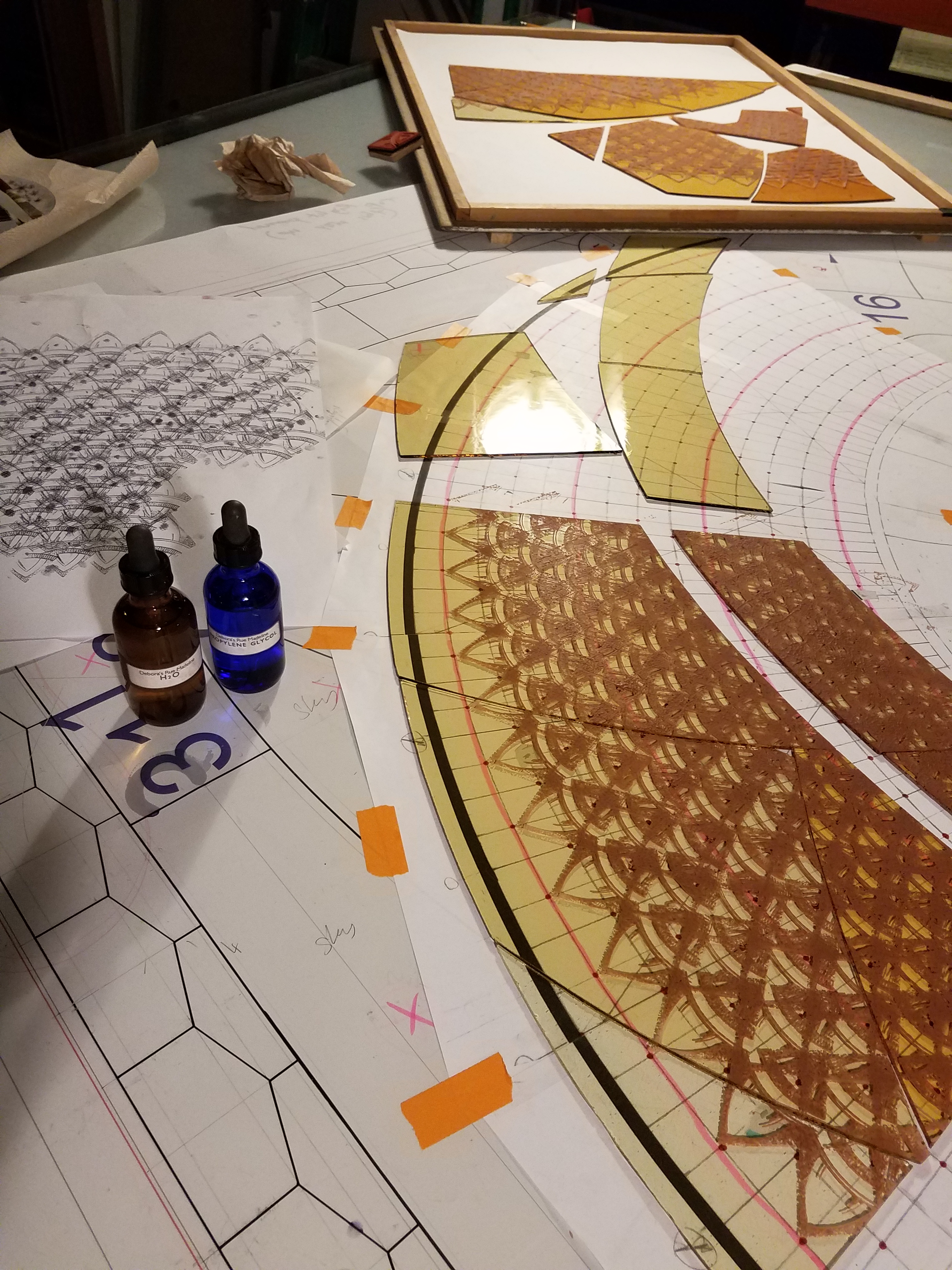The workshop began with slides: How do paintings get transformed into stained glass windows? How does the painting on the left (below) by John LaFarge become the stained glass window on the right?
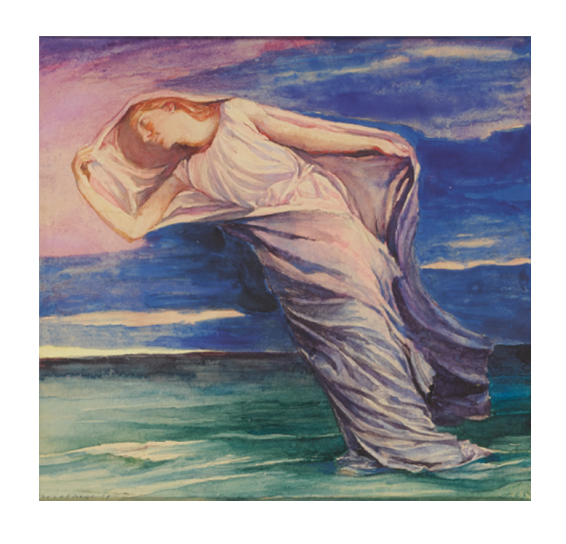
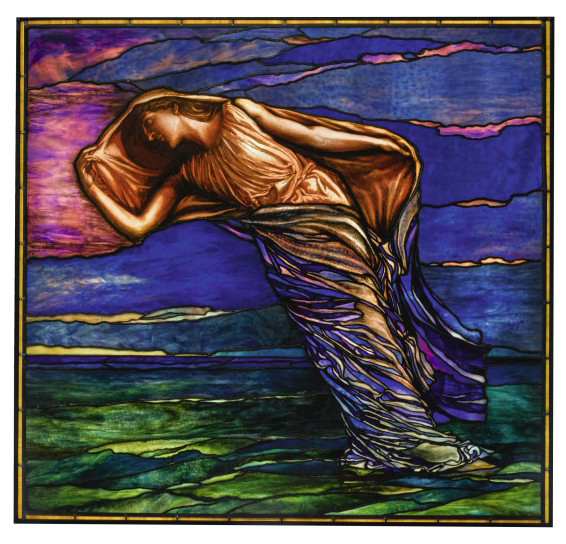
We looked at the work of John LaFarge (above), Fernand Leger, David Hockney, Marc Chagall, Kehinde Wiley and others. These artists have all translated their work into stained glass, breaking a painting into separate pieces of color separated by black lines. Each tried not to lose the spirit, style, energy of their original painting. We reviewed slides with an eye for line, specifically tracelines (the first stage of glasspainting) and cutlines, the pattern of lead/solder used to assemble separate pieces of glass into a single picture. On Monday afternoon students examined photographs of existing stained glass windows in a variety of styles and traced over (or guessed) where the leadlines were.

Tuesday’s Powerpoint covered the major visual components of stained glass. Besides line, stained glass generally includes color, the manipulation of opacity/transparency through glasspainting, and tone/value/chiaroscuro – the balance of light areas and dark areas. In stained glass these range from the brilliance of sunlight to the blackness of lead. We listed them on the chalkboard, noting especially the different stages, or layers of glasspainting.

In the afternoon students arranged square tiles of glass into a smooth tonal sequence. There are tricks to help perceive value more accurately, including photographing in grayscale. Value is a powerful driver of composition, especially in stained glass.
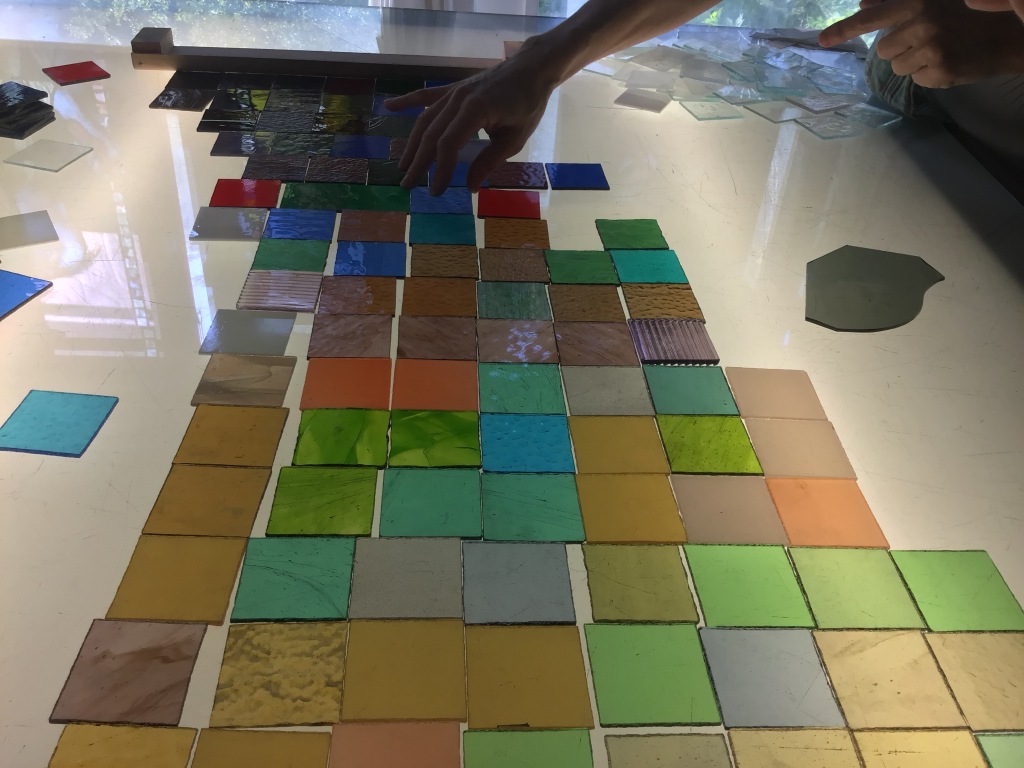

We also discussed a design for a stained glass window by Michael Oatman. I’d translated Michael’s collage of 1950’s magazine illustrations into a window for a space satellite made from a repurposed Airstream trailer, part of his installation at MASS MoCA (the Massachusetts Museum of Contemporary Art). Students got to see the cutline and photographs of the design (below left) and work-in-progress before visiting the window itself in situ, 20 minutes away at MASS MoCA.


It was a busy week, with hands-on drawing exercises and more slide presentations. By Friday students had designed their own stained glass panels. Three students cut their panels over the weekend and are staying on to paint them during this week’s Advanced Glass Painting workshop. Here’s a photo taken on Saturday of Mary Hartwig’s glasscutting in progress.


